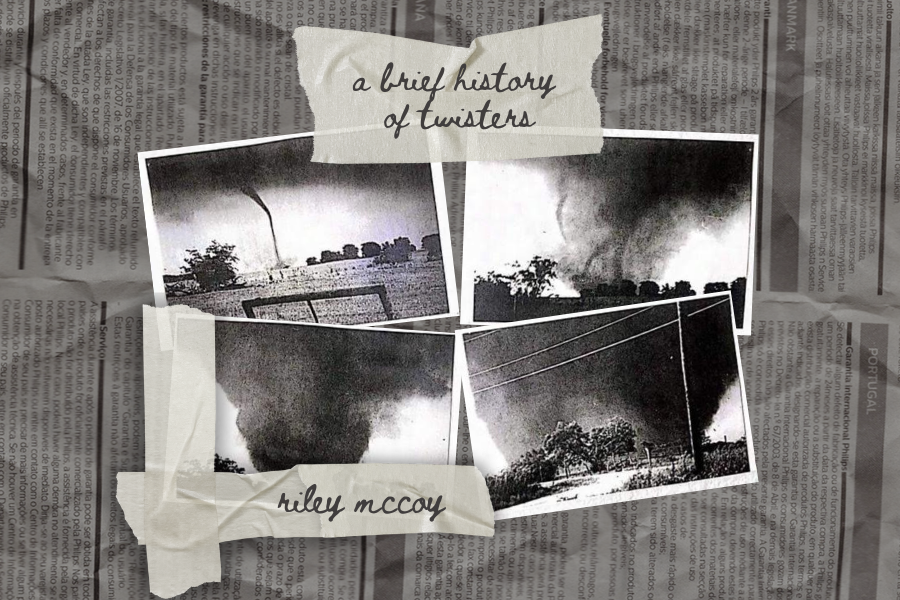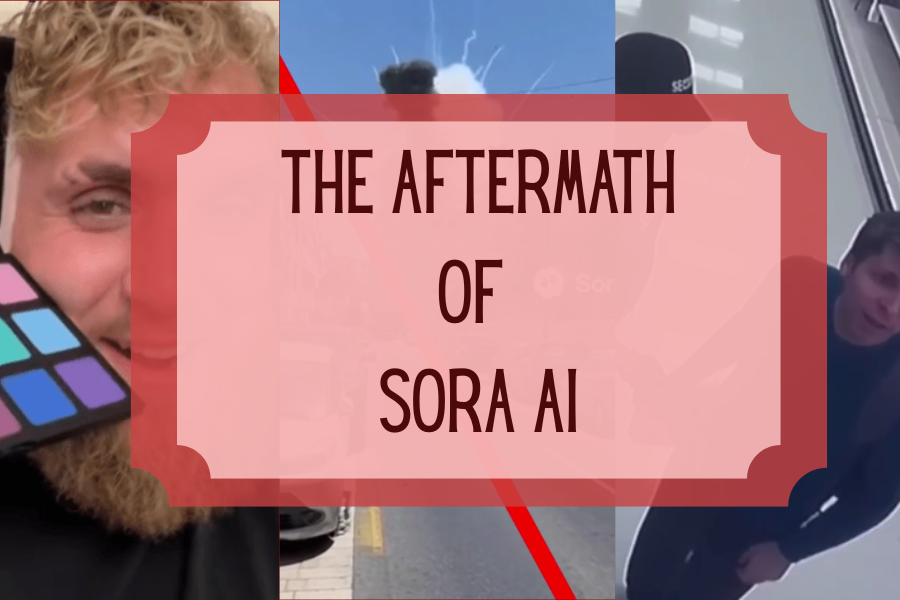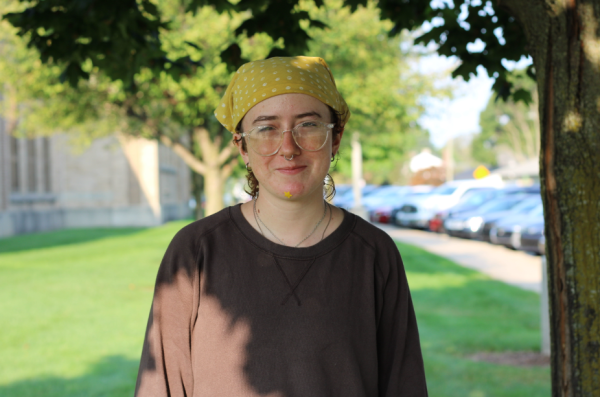Tornadoes are one of the most destructive natural disasters out there. Their concentrated force, coupled with their erratic and unpredictable nature, makes for costly and devastating results. It’s important to highlight where they occur geographically- the infamous “Tornado Alley” is where they’re most prevalent. For the benefit of local residents, mainly central and southern Indiana is hit the hardest by these twisters, and South Bend rarely experiences the full front of the damage. From the available records, there are two events of tornadic activity that have directly impacted South Bend since 2000: October 12, 2016, when two EF0 tornadoes touched down on the south and southwest sides of South Bend, and June 23, 2019, when an EF2 tornado struck the south side of South Bend, causing significant damage. As most are aware, these past two weeks have been filled to the brim with severe weather, with trees snapping in the wind and impenetrable walls of rain amidst the streets. The sheer wreckage of these storms was not directly caused by tornadic activity, which leaves residents wondering if the worst is yet to come. To determine the likelihood of a twister in South Bend this season, we first have to understand how and why these storms come about!
The central region of the United States known as “Tornado Alley” is where tornadoes are most common, and reach the height of their severity. It roughly stretches from northern Texas through Oklahoma, Kansas and Nebraska. Tornadoes frequent Tornado Alley due to the cold, dry air from the Rocky Mountains and Canada mixing with the warm, humid air from the Gulf of Mexico. When such cooler air in the sky collides with warmer air so close to the ground, an unstable atmosphere is created, likely to produce tornadoes. This instability, in conjunction with wind shear- which is a change in wind speed and/or direction over a short distance- encourages the formation of powerful thunderstorms and supercells. Within these severe thunderstorms, particularly supercells, mesocyclones (rotating updrafts) can intensify and move downward, eventually reaching the ground as a violently rotating column of air; hence, a tornado is born.
Most violent tornadoes stem from “outbreaks,” or severe weather patterns over a very short period of time. Some of the deadliest tornadoes in United States history formed during extreme outbreaks, such as the May 18-21, 2013 outbreak, or most notably, the largest and most destructive: April 25-28, 2011 Super Outbreak. Super outbreaks are tornado outbreaks that are extremely large and unpredictable. With 362 tornadoes and roughly $10 billion in direct damages, the 2011 Super Outbreak was the biggest tornado outbreak ever recorded. It exceeded the Super Outbreak of 1974, which had 148 tornadoes recorded. The Joplin tornado, an EF5 tornado that struck Joplin, Missouri, on May 22, 2011, was one of the deadliest and most expensive tornadoes in the United States, with 161 fatalities, over 1,000 injuries, and extensive damage to over 7,500 structures. Additionally, a fungal infection occurred among the injured following the Joplin tornado. It’s probable that the tornado carried and spread soil-based fungal spores, which subsequently infiltrated the injured’s open wounds, only adding to the chaos in Joplin, Missouri. Two years later, the 2013 outbreak fostered violent twisters such as the El Reno tornado, which grew from half a mile to a brutal 2.6 miles (the largest of which has ever been recorded) in the span of around 30 seconds. El Reno had a top wind speed of 313 miles per hour, among the highest recorded wind speeds on Earth, and only marginally slower than the wind speeds of the 1999 Bridge Creek–Moore tornado. Despite the powerful nature of this tornado, its initial rating on the Enhanced Fujita scale, or EF scale, was significantly lower than expected. EF5s are the deadliest tornadoes, and are categorized by extreme wind speeds and mass destruction of properties. El Reno, active mostly over empty fields, was first categorized as an EF3 due to the lack of property damage. However, upon further investigation, the sheer power of this twister had it upgraded to an EF5. Fortunately, Indiana has only had three confirmed EF5 tornadoes, all of which occurred during the first recorded Super Outbreak in 1974.
With all of this information, how can we determine how a possible tornado outbreak could affect South Bend? To assess tornado risks, the National Weather Service and storm prediction models standardly consider a number of variables, including wind patterns, temperature anomalies and general atmospheric conditions. Weather experts forecast a slightly busier tornado season in the central United States, including portions of Indiana, due to higher-than-normal temperatures and additional atmospheric moisture. South Bend’s northern placement in Indiana makes the probability of a tornado directly affecting South Bend quite low, though not insignificant. Given that not all severe storms produce tornadoes and not all tornado warnings result in a touchdown, the likelihood of a tornado making landfall around South Bend this season is most likely between 1-3%. However, it’s crucial to remember that weather patterns shift rapidly, and severe storms have, and will, strongly affect South Bend, particularly when expansive storm fronts are active. It’s pertinent to listen to emergency alerts, and take action when necessary. As made evident by the local severe storm threats as of late, the absence of a tornado doesn’t mean that the destructiveness of one isn’t prevalent. Stay safe and alert this spring, and nonetheless enjoy these April showers!









